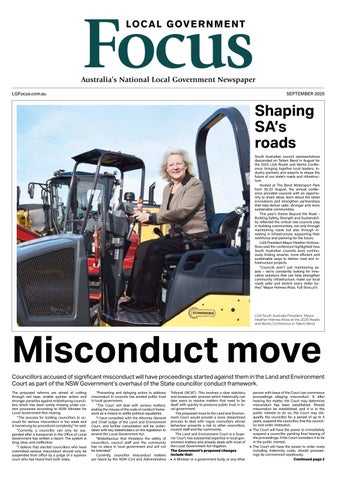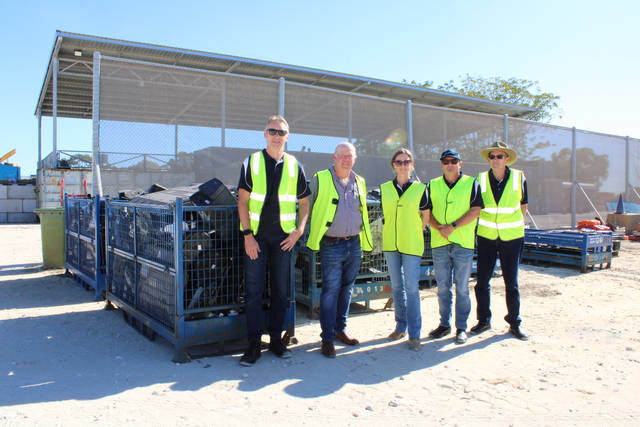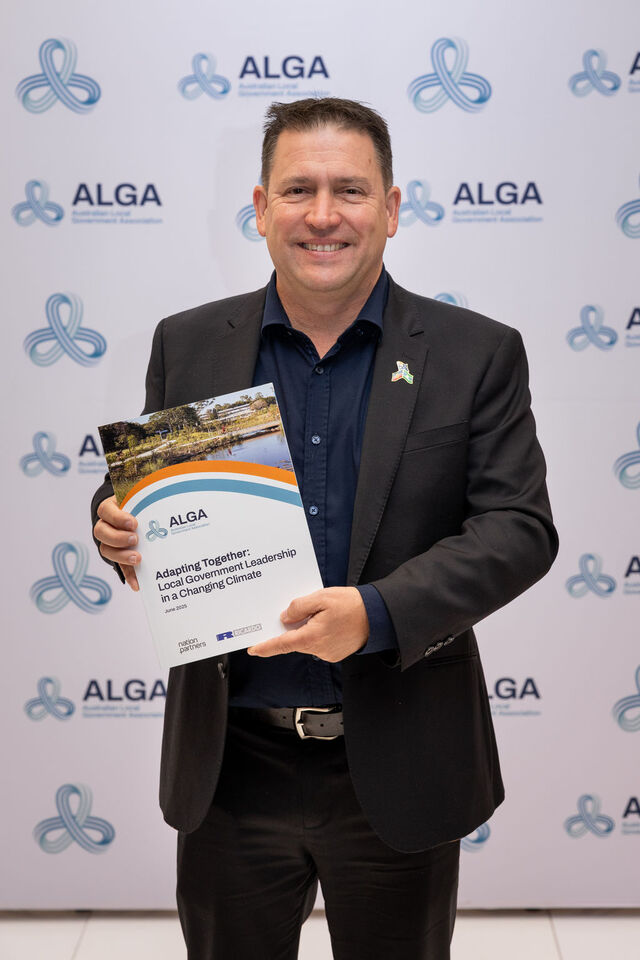The historic salary gap between Local Government and the private sector has been steadily closing. This finding is based on the remuneration database of Mercer Human Resource Consulting, which reveals that salary increases passed onto council staff have been accelerating over the past four years. The results of the 2004/2005 Local Government Report show that for the first time in recent years, the average base salary increase for employees working in Local Government (4.3%) actually outstripped the rate of increase across all industries (3.8%).
Council senior executives suffered some disparity, with their average salary increase (4.0%) being lower than that of the general market (4.4%). Management and technical/professional staff received average increases in line with that of the general market. Council operations and support staff received average wage increases higher than the general market.This acceleration of Councils’ salary movements may be attributable to internal efforts to attract and retain the best staff. Such efforts may work towards reducing the salary differentials that make Local Government one of the lowest paid sectors in Australia.
Mercer’s most recent Local Government Report 2004/2005 indicates that across all employee groups, almost three quarters of voluntary departures are due to employees pursuing other employment opportunities, with the next most common reasons being retirement and dissatisfaction with remuneration.
The report also shows that 88% of Councils see other Councils as their main competitor in terms of attracting and retaining all levels of staff. The next greatest competitor is the public sector, with one third to one half of Councils reporting this as a significant rival for key staff across all employment categories.
This year the long running staff turnover trend continued with Councils reporting an average voluntary turnover rate of 8.8%, well below the general market average of 11.7%.
Remuneration forecasts
Data from the Mercer Local Government Report 2004/2005 shows that the gap between average remuneration increases received by top management as against operations/support staff has closed considerably in the last few years. The 2004 average projected increases are 4.8% for CEO/GMs, 4.0% for senior executives and 4.2% for technical/professional and operations/support staff.
The gap between CEO/GMs and senior executives is expected to narrow by a further 0.2% over the next two years, with CEO/GMs expected to receive an average increase of 4.3% and senior executives 3.7%. Other employees (technical/professional and operations/support staff) have forecast average increases of 3.8%.
According to the Mercer Remuneration Forum (September 2004) a similar, but more pronounced, trend is present across all industries. Senior Executives received an average increase of 4.4% compared with Award/Agreement staff receiving 3.9%. The average forecast increases for 2006/07 show that this gap is expected to narrow to 0.3%.
Overall, remuneration growth is expected to remain steady but fall slightly over the next two years for all staff categories both within Local Government and across all industries. It is predicted that each staff category can expect average increases to remain within 0.2% of the 4% mark.
Remuneration packaging trend for executives
Contemporary reward strategies include the concept of the remuneration package. A remuneration package approach exists when a Council calculates the costs associated with employing an individual over and above base salary.
The package may be defined as total cash, total remuneration, employment cost or by some other term. It can include base salary, annual leave loading, cash allowances, superannuation contributions, the benefit value of motor vehicles, the value of fringe benefits and the cost of fringe benefits tax.
Calculating the total cost of employment enables the Council and its employees to understand the full value of remuneration and make valid remuneration comparisons between jobs of similar size.
Based on the results of Mercer’s Local Government Report 2004/2005, 93% of Councils reported using a remuneration package approach for executive staff. This figure represents an increase from 2003 where 82% of Councils reported using this approach for senior executives. Aside from employer or employee superannuation contributions, the typical items available in the remuneration packages of executives are council vehicles, professional association membership, mobile phones and laptops.
Allowing employees the flexibility to vary their remuneration packages offers a number of advantages and may be considered a benefit in itself. Flexible packaging provides employees with an opportunity to tailor their financial rewards to meet their lifestyle and needs. This can play a role in providing councils with a competitive edge in attracting and retaining staff.
The Local Government Report 2004/2005 shows an increase in flexible salary packaging across all staff categories. Although opportunities for variation are primarily in the areas of superannuation contributions and Council vehicles, over a quarter of Councils extend this flexibility to all benefits provided.
For more information about the survey go to www.imercer.com/australia/lgr or contact Chi Tran on 1800 645 186.
* Copy supplied by Mercer Human Resource Consulting







